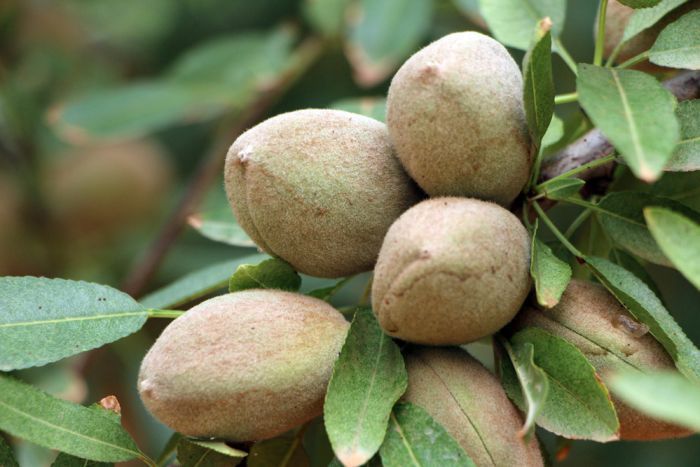Murray Darling Basin 65% Water Use Increase Forecasted
Published on by Water Network Research, Official research team of The Water Network in Academic
Further expansion of cotton and nut production in the next five years is tipped to put significant pressure on water demand in the southern Murray-Darling Basin
Water use is estimated to increase by around 65 per cent for cotton and 18 per cent for fruits and nuts.
A report on the future trends of Australia's largest irrigation area predicts this could lead to water prices increasing by 10 per cent in low allocation seasons.
If this scenario eventuated, water needed by dairy could fall by 10 per cent, while rice and grape industries would decrease their usage by 15 per cent.
The study was funded by the Rural Industries Research and Development Corporation and conducted by water market advisory specialists, Aither.
Company director Will Fargher said the investigation aimed to fill a gap in research on the future direction and needs of irrigated industries.
"I think there's a lot of anecdotal evidence and discussion around trends in irrigated agriculture," he said.
"People are aware of large investments in greenfield sites for commodities such as almonds.
"They've seen the expansion of cotton in various parts of the southern Murray-Darling Basin and there's never been an aggregate picture of how that development is playing out."
Consultants spent time discussing trends with irrigators, water authorities, government agencies, brokers and processors in South Australia's Riverland, the Goulburn and Sunraysia areas of in northern Victoria and Riverina, in southern New South Wales.
The report revealed across these districts there had been a decline in the number of agricultural businesses irrigating of around 4 per cent per year.
Regions with the largest falls are north-east Victoria (–6.6 per cent per year), Mallee (–5.1 per cent per year) and South Australian Murray Darling Basin (–5.0 per cent per year).
It said water demand shifted over time because of changes to input and commodity prices, rainfall and production technology.
Rapid expansion of permanent plantings, particularly almonds, raises the question of whether there will be enough water to keep the orchards alive during the extremely dry seasons.
"Over the forward five-year period we are approaching the point where in the low water allocations years, almost all the available water allocation will need to be directed at permanent plantings, if the forecast permanent plantings is to receive the necessary water allocation," Mr Fargher said.
"Recognising that water demand for these crops, like almonds, will increase as they mature."
"That obviously has significant implications for lower value uses and some of the annual crops, but also the lower value permanent plantings."
Mr Fargher hoped the analysis would help policy makers better plan for the future.
"The challenge for government policy, is to plan for irrigated agriculture as it will be in 20 years, rather than irrigated agriculture as it is today," he said.
"Infrastructure investments are long-lived and the consequences of putting the wrong asset of the wrong size, in the wrong place, will be felt by individual irrigators for many years to come."
Source: ABC
Read More Related Content On This Topic - Click Here
Media
Taxonomy
- Research
- River Basin management
- Water Management